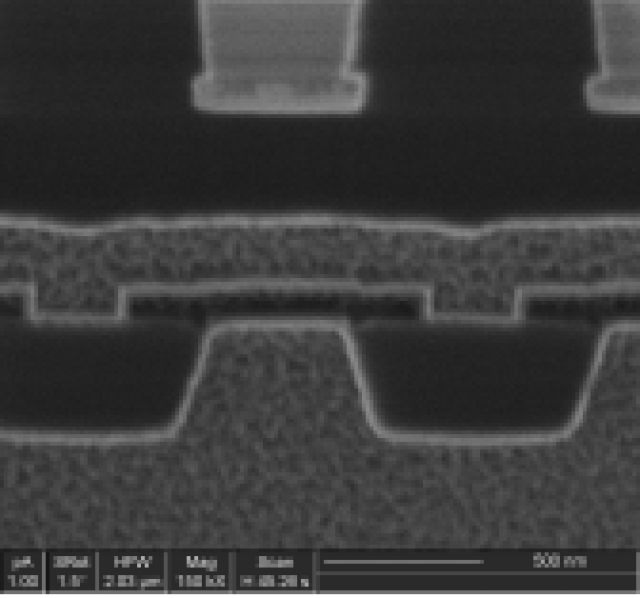
龚翔薇透射电镜和扫描电镜都有哪些应用场景呢英语
- tem电镜样品
- 2024-06-12 22:10:12
- 747
纳瑞科技(北京)有限公司(Ion Beam Technology Co.,Ltd.)成立于2006年,是由在聚焦离子束(扫描离子显微镜)应用技术领域有着多年经验的技术骨干创立而成。
Transmission electron microscopy (TEM) and scanning electron microscopy (SEM) are two important microscopy techniques that have been widely used in various research fields. Both TEM and SEM offer unique advantages for studying different types of materials, including metals, semiconductors, and insulators. In this article, we will explore the application scenarios of TEM and SEM.

TEM is a microscopy technique that involves accelerating a beam of electrons through a sample, which results in the formation of an image of the material's structure and composition. This technique is particularly useful for studying the microstructure and composition of materials, such as metals, ceramics, and alloys. TEM can also be used to study the chemical and physical properties of materials, such as phase transitions and diffusion processes.
One of the key applications of TEM is in the study of materials for energy storage, such as batteries and fuel cells. TEM can be used to investigate the structure and composition of the electrodes, catalysts, and other components used in these devices. Additionally, TEM can be used to study the effects of aging and degradation on materials, which is important for understanding the long-term behavior of these materials.
SEM, on the other hand, is a microscopy technique that involves scanning a beam of electrons over a sample, creating an image of the material's surface and composition. SEM is particularly useful for studying the surface properties of materials, such as adhesion, wear, and corrosion. SEM can also be used to study the chemical composition of materials by performing chemical analysis in combination with SEM.
One of the key applications of SEM is in the study of materials for surface modification, such as coatings, adhesives, and electronic devices. SEM can be used to investigate the structure and composition of these materials, as well as their properties, such as wear resistance and corrosion resistance. Additionally, SEM can be used to study the effects of aging and degradation on these materials, which is important for understanding their long-term behavior.
In conclusion, TEM and SEM are two powerful microscopy techniques that offer unique advantages for studying different types of materials. TEM is useful for investigating the microstructure and composition of materials, while SEM is useful for studying the surface properties and chemical composition of materials. Both TEM and SEM have numerous applications in various research fields, including energy storage, surface modification, and materials science.
龚翔薇透射电镜和扫描电镜都有哪些应用场景呢英语 由纳瑞科技tem电镜样品栏目发布,感谢您对纳瑞科技的认可,以及对我们原创作品以及文章的青睐,非常欢迎各位朋友分享到个人网站或者朋友圈,但转载请说明文章出处“透射电镜和扫描电镜都有哪些应用场景呢英语 ”

下一篇
电镜分析仪招标








